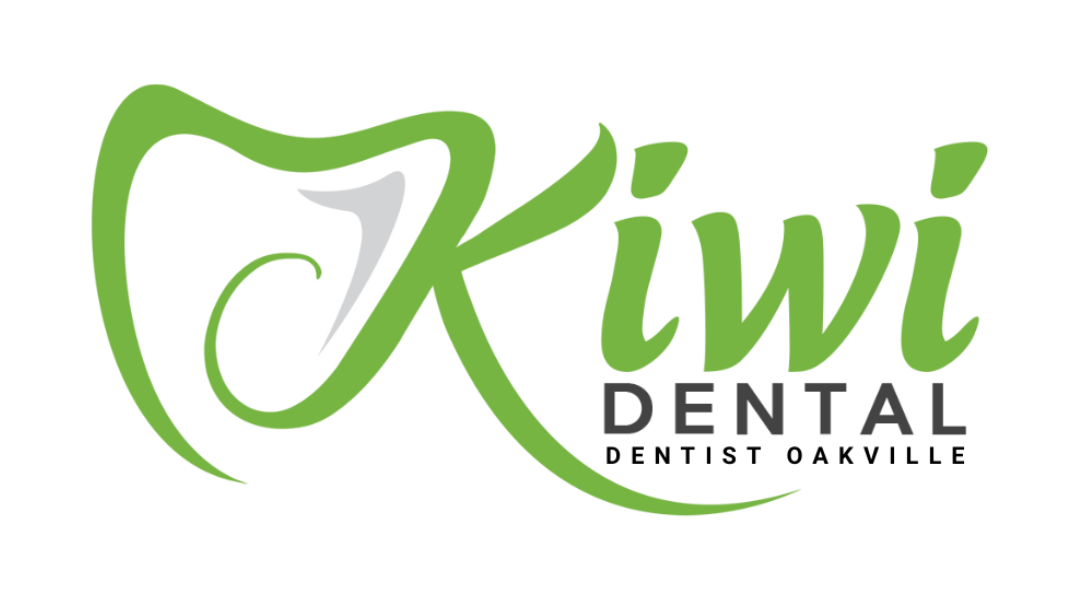

There are many benefits to having a routine dental exam. Your dentist has the opportunity to give your teeth a proper examination and it helps the dentist to know if you are cleaning your teeth right or if he needs to show you the correct way to brush and floss.
If you have anything like a cavity starting or even something more important like an infection, your dentist is able to detect it and to get it taken care of before it gets too serious and causes more damage.
A dental exam can also help with the first signs of a more serious illness, for example, diabetes and oral cancer.
Signs can show in your mouth and be an early detection so that your dentist can alert you and have you make an appointment with your doctor.
The first thing your dentist will usually do is a simple check inside your mouth for any signs of abnormalities such as any kind of redness or swelling.
He will check your face and neck for anything out of the ordinary. He will ask you about any medical conditions you have or that might run in your family. He will check for things such as oral cancer and bone loss.
When the exam is completed, your dentist will discuss any problems he has found and anything that may cause you problems later in life. He will advise you on how to better care for your teeth and gums.
X-rays are usually taken to make sure there are no problems that the eye can't see.
There are different types of X-rays taken at a dental examination to provide more information to the dentist to provide a better diagnosis.
These x rays are used to check the overall health of your tooth, from the top of the crown to the root down inside the jawbone.
It's used to check for anything out of the ordinary with the root or bone structure around it. These x rays are usually taken when a patient is complaining of a toothache.
These are single x-rays and usually taking one x-ray is sufficient. It is important to have this done at any sign of pain or swelling to ensure there is no infection.
These x rays are usually done once a year to check your molars. The patient has to bite down on a small piece of plastic that is placed between the top and bottom molars.
Four x rays are taken to show all four molars. It shows the dentist what is going on between your molars.
It lets him see how your teeth come together when your mouth is closed and it also shows if there is any bone loss that could have been caused by an infection.
These are taken at your first dental visit, they're updated every few years.
This helps the dentist to see each and every tooth in your mouth and in between them to detect any problems that there may be.
These x-rays are also taken at the first visit then every few years afterwards.
This x-ray is taken like most normal x-rays, standing up with a protective vest on. It gives the dentist an overall view of your teeth and even your sinus cavities.
It's particularly important as it helps to check the overall health of your teeth, including but not limited to tumours, bone loss and abscesses.

“I am thrilled to share my exceptional experience at KIWI Dental (Oakville). From the moment I stepped through the doors, I felt at ease. The receptionists greeted me with smiles, and their professionalism in handling my appointment was commendable. Overall, my experience was nothing short of awesome.”
– Farzane E.
We’re proud of our 4.9 rating across 555+ reviews on Google.